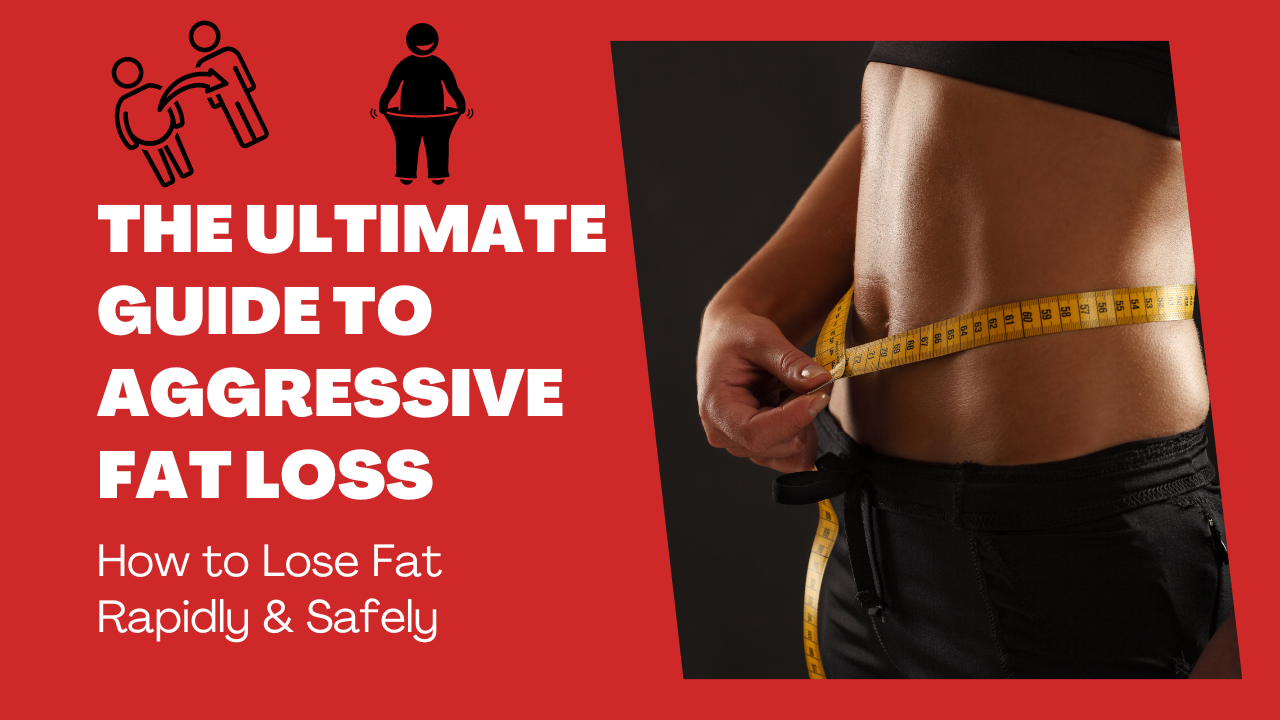
IN THIS POST
If you want to lean out and achieve rapid fat loss in a healthy way, I got you!
I’ve talked plenty on this blog about how fat loss is a long game.
And I stand by that 110%.
Sustainable fat loss comes down to being both patient and consistent.
Buuuut let’s be honest, you’re tired of waiting around.
You want results NOW!
Fortunately for you, there’s a way to speed up fat loss so you can achieve significant results sooner.
I’ll be walking you through my 6-step rapid fat loss process.
But first, I want to make a couple of things clear before we get started.
Number one, this is a TEMPORARY strategy.
Don’t look at this as a way to lose weight quickly for the rest of your life.
It’s just not sustainable long-term.
You’ll only be doing this rapid fat loss phase for, at the very most, 2-2.5 months.
Once that’s up, you’ll then transition into a more sustainable fat loss phase to maintain your results and continue making progress.
I’ll talk about what that looks like at the end of the article.
Number two, consistency matters regardless but it’s even more so important when you’re trying to lose weight quickly.
You won’t lose weight at all, let alone quicker if you’re not consistent!
The more dialed in you are, the better your results.
The fat loss golden rule
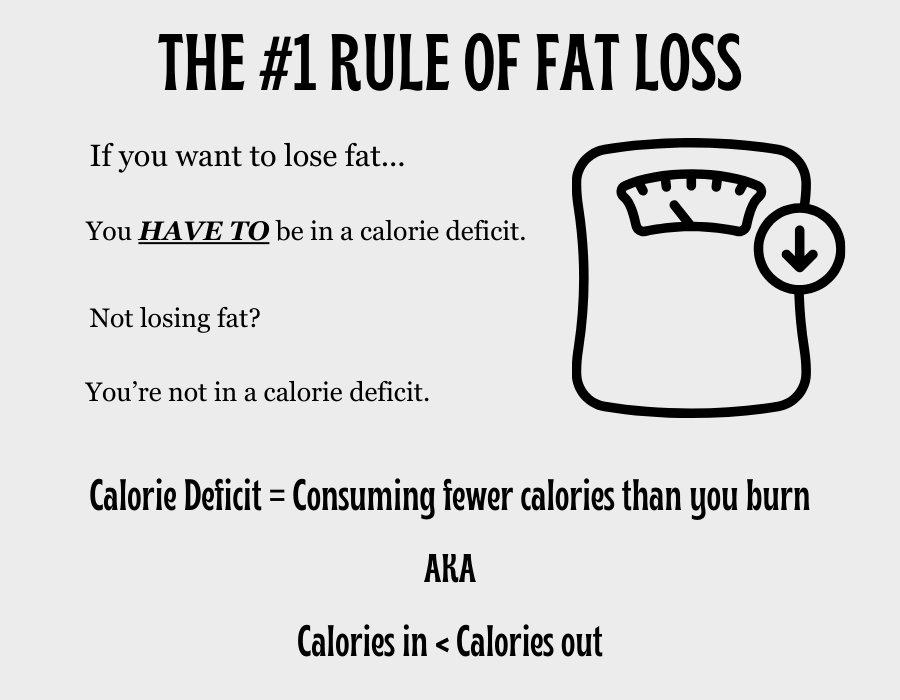
As long as grass is green and the sky is blue, the only way to lose fat is through a calorie deficit.
That’s when you’re consuming fewer calories than you burn (Calories in < calories out).
Related: The 18 biggest weight loss mistakes.
Everything on this list feeds into helping you create a deficit for yourself so you can lose fat faster.
Step-by-step checklist for rapid fat loss
1. Determine your weight loss calories
Nutrition is the main character of your fat loss movie so the first step is figuring out how many calories your body needs to lose weight quickly.
You can do that in just two quick steps:
- Find your TDEE (maintenance calories)
This is how many calories you’d need to eat to maintain your current weight.
Just put all your info into this calculator and hit the “Calculate!” button.
- Get your rapid weight loss calories
Take 75% of your maintenance calories.
This is how many calories you need to eat EACH DAY for rapid fat loss.
Let’s say your maintenance calories are 2,500.
That makes your fat loss calories 1,875.
Step 2: Count calories and consume enough protein
Counting calories ensures you’re eating the correct amount of food to keep you in a deficit.
We’re talking Monday-Sunday (so the entire week!) when it comes to counting calories.
Not every other day, when you feel like it, or Monday-Friday then take the weekends off for a cheat meal extravaganza.
Every.
Single.
Day.
Related: How to count calories the right way.
It’s not enough to just stay within your calories if you want to drop body fat.
What makes up those calories matters too.
Specifically, you need to make sure you’re consuming enough protein to build/retain muscle.
The more muscle you have, the more fat you’ll lose.
Plus, muscle gives your physique shape, definition, and tone.
Protein also keeps you fuller for longer (decreasing the chances of you overeating) and speeds up your metabolism, enabling you to lose more fat.
0.7g-1g of protein per pound of your goal bodyweight daily is ideal.
For example, if your goal bodyweight is 200 lbs, you’d consume somewhere between 140 grams and 200 grams of protein daily.
Protein is one of just three primary macronutrients (foods we eat the most of in our diet).
Carbs and fats are the other two.
Without getting too much into the weeds, you can keep track of all three macronutrients but as far as rapid fat lot goes, the two necessary items (in this order) are:
A.) Overall calories: If you’re consuming too many calories, you won’t lose fat.
B.) Protein intake: Influences body composition (I.e. how lean and defined you are).
As far as what specific foods to eat go, get the majority of your calories (85-90%) from nutrient-dense whole foods such as chicken breast, potatoes, eggs/egg whites, fruits, veggies, etc.
Sprinkle in some of your favorite “fun” foods (e.g. pizza, fries, chips, cookies, etc) with the remaining 10-15% of your calories to have some balance and keep yourself sane during your rapid fat loss phase.
Step 3: Get on a strength training program

Social media workouts aren’t the key to results.
Being on a structured weightlifting program is.
That’s how you’ll make the most progress possible.
I’d recommend one that has you working out either 3 or 4 days a week.
You’ll have a nice mix of workouts and recovery that way.
Ladies, no, you won’t become big and bulky by lifting weights.
There is no rep range specific to men or rep range specific to women.
And lighter weight for reps doesn’t “tone your muscles.”
When you strip all the excess fat away (pun intended), THIS is strength training in a nutshell:
- Lift as heavy as you can (keeping in mind what’s heavy to you will be different than what’s heavy to someone else).
- Progressively increase the amount of weight you lift over time (aka apply progressive overload).
You don’t even have to go anywhere to find a workout program.
I’ve already created two totally free ones for you:
12-week dumbbell workout plan: Great if you want to workout from home or you can bring this to the gym with you and have your own little workout party in the corner.
12-week gym workout plan: If you enjoy going to the gym and using all the different pieces of workout equipment, this program is right up your alley.
Step 4: Get 12K-15K steps every single day
You lose weight by decreasing how many calories you’re eating (which we’ve covered) and increasing your energy expenditure (how many calories you burn).
Your daily steps fall under “increasing energy expenditure.”
In a typical fat loss phase, I’d recommend getting anywhere from 7.5K-10K steps every single day.
To achieve rapid fat loss, you’re going to bump that up to 12K-15K steps every day.
You can also add a couple LISS (low-intensity steady-state) cardio sessions for around 20-30 minutes each per week.
Low-intensity steady-state cardio is low impact.
It includes activities like walking on the treadmill, swimming, using the elliptical, exercise bike, StairMaster, etc.
The key phrase here is “low-intensity.”
You should be going at a pace where you’re able to maintain a normal conversation.
Some people will tell you to do HIIT for fat loss and here’s what I’ll say about that…
Sure, you’ll burn more calories in the short term by going through a HIIT cardio workout.
But have you thought about the long-term impact?
Because here’s what usually happens:
You go through your HIIT workout, you sweat a ton, and you feel great about how hard you worked.
But as the day goes on you become hungrier and hungrier, more than usual.
You reach the point where you just can’t fight your cravings anymore so you binge to satisfy them.
In the end, you cancel out all the calories you burned during your HIIT workout.
Why does this happen?
Because HIIT is extremely taxing on the body and hard to recover from.
And not recovering properly makes you hungrier.
So while you may burn more calories in the short term doing HIIT, is it really worth it if you’re just going to eat all the calories back you burned from exercise?
Related: Should you eat back exercise calories?
Step 5: Implement a diet break halfway through
Rapid fat loss just isn’t sustainable, that much you know.
And it’ll probably become even more unsustainable if you try to go the whole 2–2.5 months without any diet breaks.
At the 4-5 week mark of your rapid fat loss phase, take a week where you come back up to maintenance.
You figured out your maintenance calories back in step 1 and you would eat that number of calories for one week.
After that week is up you’ll then drop back down into your rapid fat loss calories for the remaining month or so.
You’ll be more consistent because you know a diet break where you get to enjoy more calories isn’t too far away!
Step 6: Track your progress
Tracking progress gives you data to let you know whether or not what you’re doing is working.
If it isn’t, then you can pivot and make some adjustments to get things headed in the right direction.
Here’s a well-rounded plan for tracking progress:
The scale
This is the go-to for most people when it comes to fat loss.
They live and die by the number they see.
And while the scale is a good tool to have at your disposal, it can be finicky and your weight will jump all over the place.
When weighing yourself, understand weight loss isn’t linear and daily fluctuations in weight are completely normal.
That’s why you need to be weighing yourself every single day.
You need to see how you’re trending over time, considering one day by itself won’t tell you a whole lot.
If you want more details on why you should weigh yourself daily, read this post.
Tape measurements
Take weekly measurements in the following areas:
- Waist (just above your belly button)
- Hip (where your glutes stick out the most)
- Thigh (give or take 6 inches above the knee)
- Bicep (thickest part of your bicep)
- Chest (where your chest protrudes the most).
As long as one or more of your measurements are decreasing you’re making progress (Inch loss = fat loss).
Progress pictures
Progress pictures tell a story, kind of like a scrapbook.
You’ll be able to compare day 1 to day 60, 90, etc, and see all the progress you’ve made!
To get the most accurate results keep your clothing, lighting, and location consistent.
Make sure you take pictures from the front, side, and back.
Workout performance
Oftentimes, performing better in the gym (I.e. lifting heavier weights, doing more reps, etc) translates into better fat loss results.
Let’s say you start out doing 100 lbs on squat.
You work your way up to 105 lbs, then 110 lbs, and so on.
That gradual increase in weight, as we talked about earlier, is known as progressive overload.
The more you’re able to apply this the more muscle you’ll build/retain (and the more fat loss you’ll see).
Summarizing your rapid fat loss phase
That covers everything you need to lose fat rapidly and safely!
Just so you have everything in one place, here’s your lose fat quickly checklist:
- Determine your weight loss calories, count calories to make sure you hit that number daily and consume 0.7g-1g per pound of your goal bodyweight in protein every single day.
- Lift weights 3-4 times per week on a structured program.
- Get 12K+ steps daily (Can also add 1-2 LISS cardio sessions per week for around 20-30 minutes each for an extra calorie burn).
- Take a diet break halfway through where you bump your calories up to maintenance.
- Track progress via the following: Scale, tape measurements, progress pictures, and workout performance.
I talked about this in the beginning and I’ll say it again here.
Your rapid fat loss phase needs to be a TEMPORARY thing.
My hope is that seeing quick results will motivate you to keep going as you head into a more sustainable deficit, which is what we’ll talk about next.
How to transition into a more sustainable calorie deficit
First, you need to find your new TDEE (It’ll be different since you’ve lost weight).
You can do that using the same calculator as before.
Once you have your TDEE (or maintenance calories), cut your calories by anywhere from 10-20%.
It may take some trial and error until you find the sustainable calorie deficit that’s right for you.
You’ll still be doing all of the following:
- Counting calories.
- Consuming 0.7g-1g per pound of your goal bodyweight.
- Taking a diet break every 4 weeks or so where you bump your calories up to maintenance for a week.
- Tracking progress via the scale, tape measurements, progress pictures, and workout performance.
Now, your cardio will change.
Instead of hitting 12K-15K steps every day, you’ll drop down to the more sustainable range of 7.5K-10K steps daily.
If you still want to incorporate 1-2 LISS cardio sessions a week for 20-30 minutes each you can.
How much weight can you expect to lose with rapid fat loss?
So many factors play into weight loss so I can’t tell you exactly how much weight you, as an individual, will lose.
But as a general rule, you can expect somewhere from 1-3 lbs per week during your rapid fat loss phase.
When you’re in a sustainable deficit, you can expect around 0.5-2 lb per week of weight loss.

What's up?
I’m Chad, I’m happy you’re here! I’m a certified personal trainer and my goal is to help you form practical, sustainable habits that lead to lifelong fitness results. If you want to lose fat, build muscle, and live a healthier, happier life then you’re right where you need to be. 💪🏾
Free resources
⬇⬇⬇


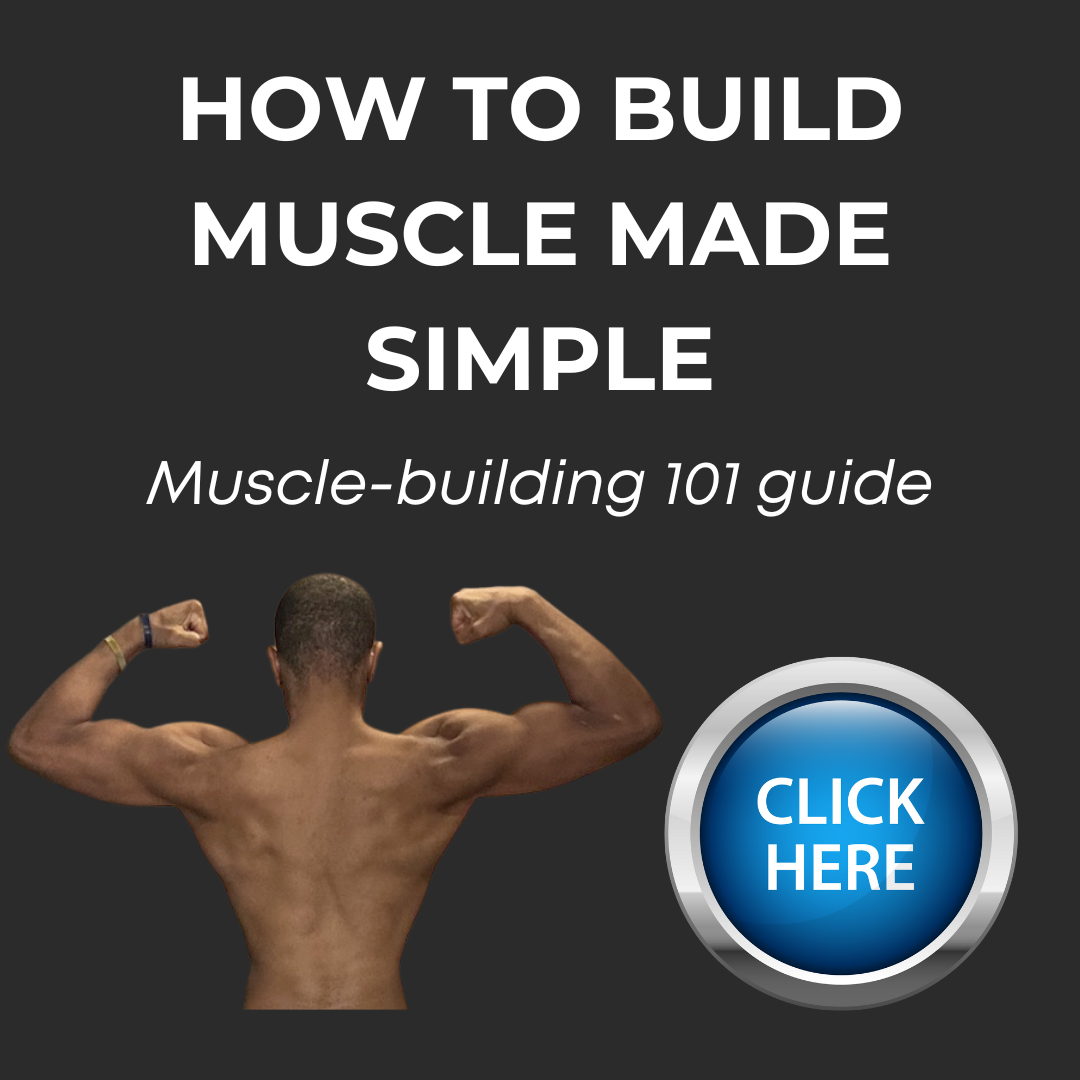
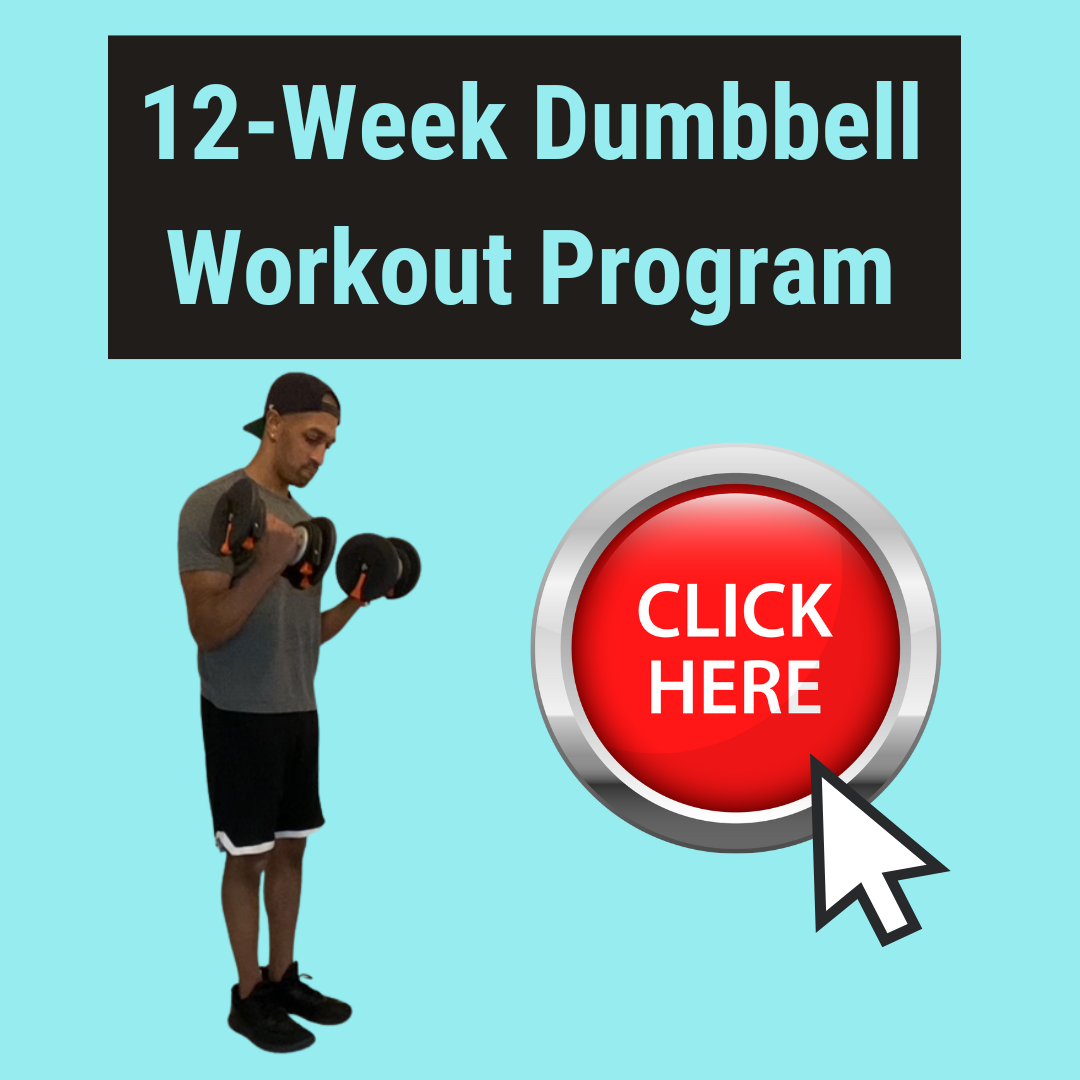


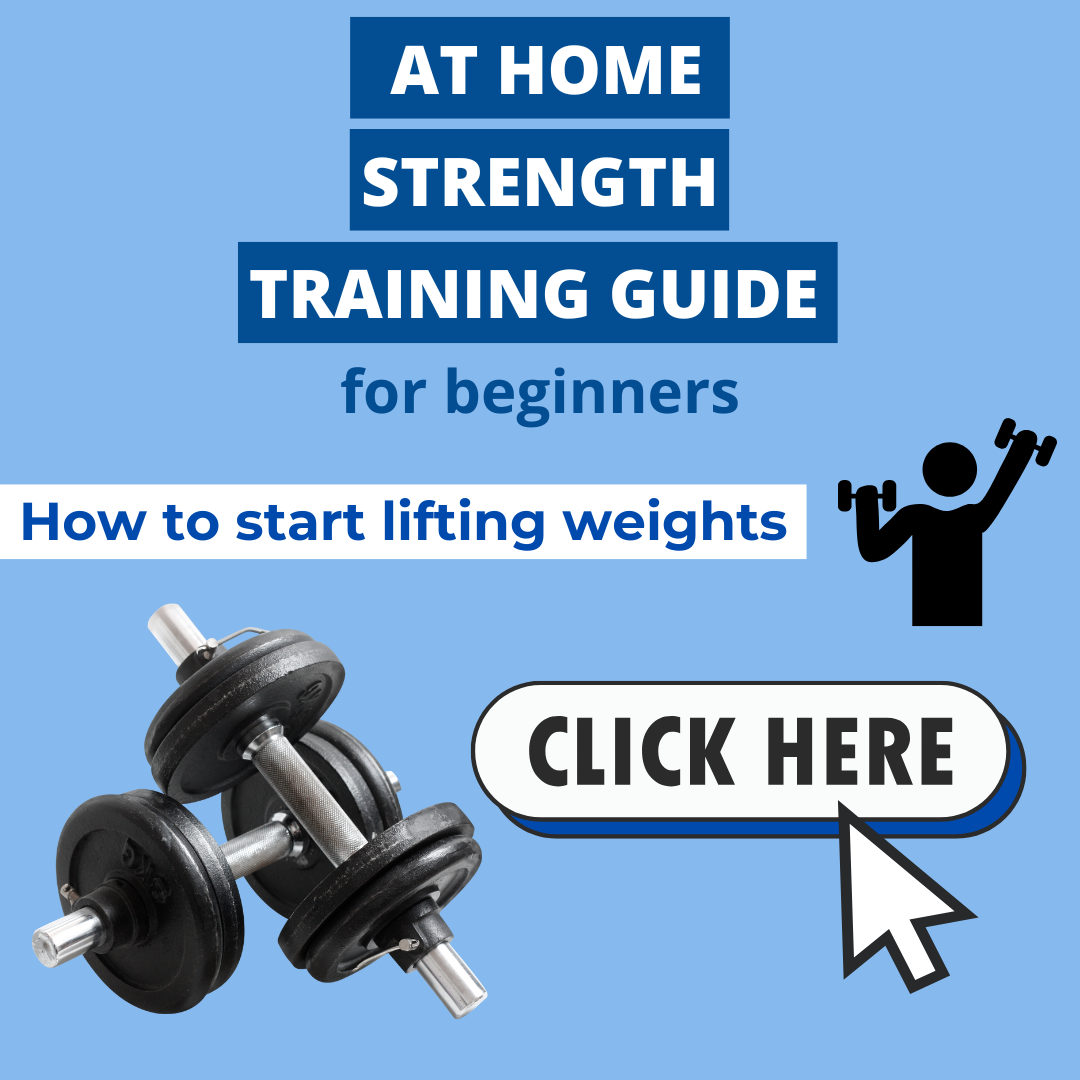
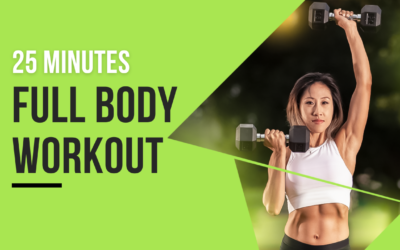
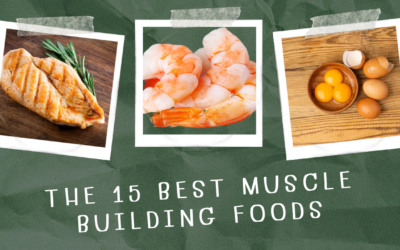

0 Comments